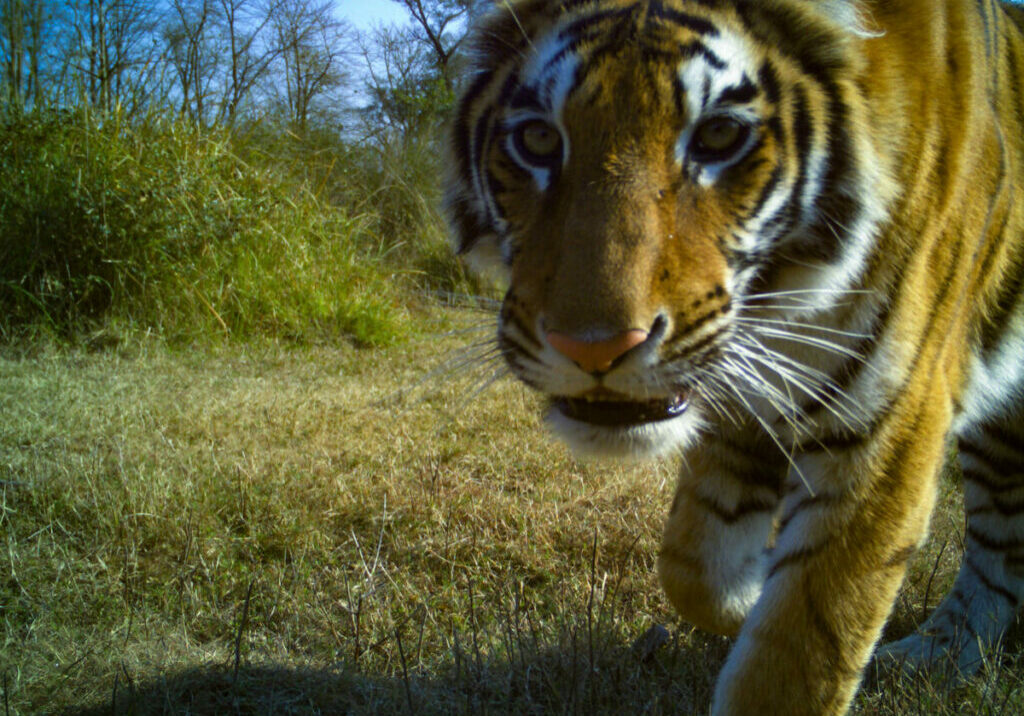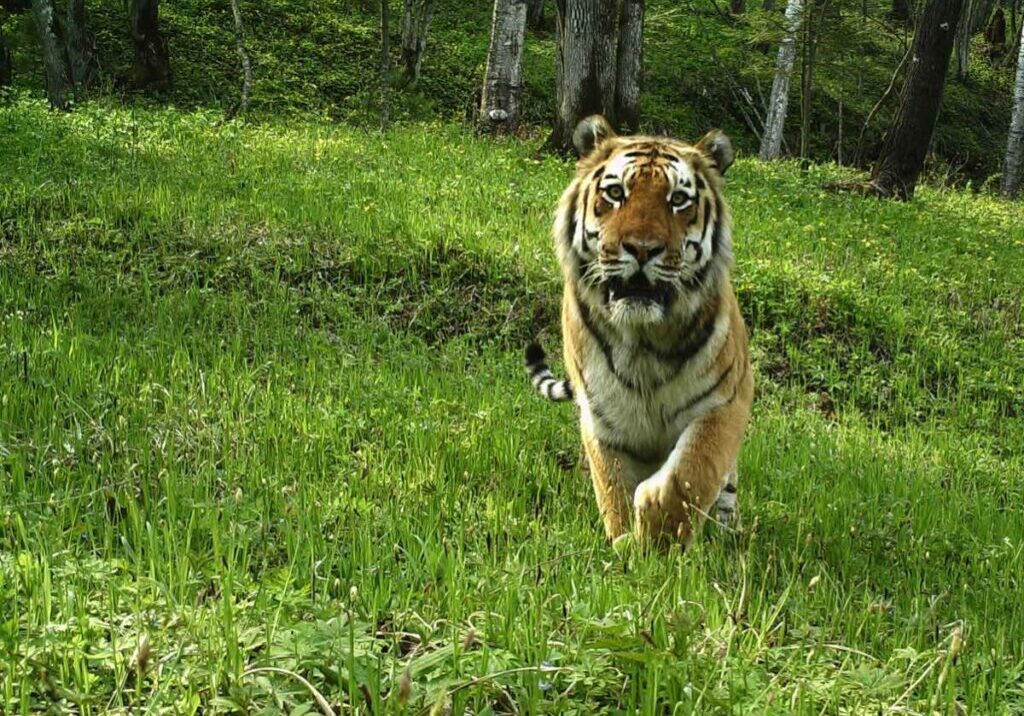Pilibhit Tiger Reserve in Uttar Pradesh is home to a growing wild tiger population. In fact, it received a TX2 award in 2020 for more than doubling its numbers of the big cats in just four years, from 25 to 65.
But this region in India’s far north, on the border with Nepal, is also home to thousands of people, many of whom live near the reserve. With the human population also increasing, encounters between people and wildlife become more likely – and they can end badly for both.
Atul Singh and his team of Bagh Mitra (‘tiger friends’) play a vital role in encouraging peaceful coexistence between tigers and people. As well as providing practical, ongoing advice for local communities, they also respond to tiger sightings, helping to prevent confrontations.
Our gallery shows the Bagh Mitra at work and meets some of the people of Pilibhit to learn about their relationships with the region’s tigers.

An energetic and confident community leader, Atul Singh first became a tiger tracker in 2005 after witnessing a tiger attack. He now leads a team of around a dozen Bagh Mitra in Pilibhit Tiger Reserve. Here, he prepares a meal of dahl at his home. “The problem in Pilibhit is that it is a very long, narrow tiger reserve, with a relatively high tiger population,” Atul explains. “Many people live here too, and incidents of human-tiger conflict do happen.”

At home, Atul shows a photo of his grandfather, Kunwar Bharat Singh. Kunwar was the area’s first private tiger hunter, paid by the Forest Department to kill ’man-eating‘ big cats. Atul estimates that his grandfather killed 24 tigers. ”I grew up connected to the forest – we would go there with my grandfather and watch tigers at a distance of just two or three feet,“ says Atul. “As I grew older, I realised no other animal is as beautiful or as gentle as the tiger.”

Atul and his team pose for photos, some of them wearing their Bagh Mitra shirts and caps. Overall, there are around 200 Bagh Mitra volunteers in Pilibhit and the surrounding areas. Atul’s team act as ‘first responders’ in Pilibhit Tiger Reserve and have received training from WWF. ”We have all received training in how to deal with different situations, and we work to support the Forest Department who lead on the rescue of tigers that come into towns or farms,” Atul explains.
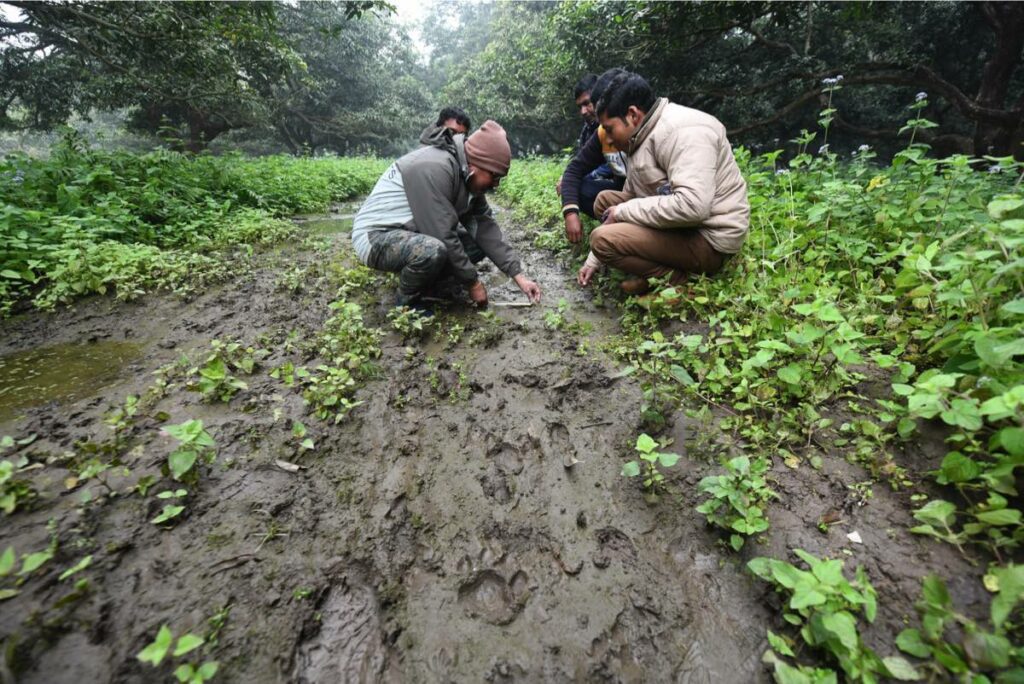
The Bagh Mitra respond to a call from a farmer who’s found a tiger paw print (pugmark) on his land. They take photos, and measure the paw print to work out the age, sex and size of the tiger, and how recently it was in the area. They also collect information from people in the village. ”We work with the information given to us by locals and explain that if they keep a safe distance and don’t tease the tiger it won’t harm them,” says Atul. ”We ask everyone to cooperate while we wait for the Forest Department to come.”
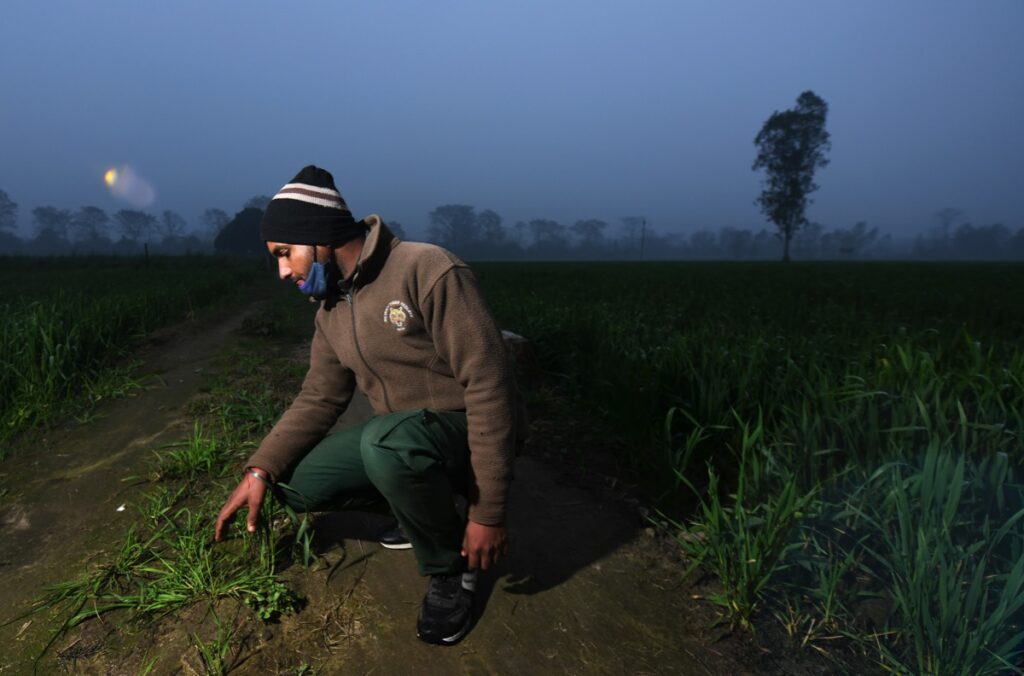
Ravi Saroj is a member of Atul’s Bagh Mitra team. Here, he checks a farmer’s field for tiger pugmarks. ”We are very proud to call ourselves Bagh Mitra,” says Atul. “Because we have created awareness among the locals, we are seeing really good results. The number of incidents of conflict has reduced significantly. The local community is also realising that the tiger is a beautiful animal that doesn’t need to harm anyone.”

Kedari Lal is a farm labourer in Dodhpur village in Pilibhit district. He uses a slingshot to scare off wildlife without killing anything, and despite encountering a tiger himself he doesn‘t mind them. “I saw a tiger just 50 metres away while I was working in a field,” he says. “I felt a bit scared but he was far from me and didn‘t attack. Actually, the tigers‘ presence helps scare off other wild animals like monkeys, preventing them from coming near our farms and helping themselves to our crops.“

Satya Devi lives in Pilibhit district’s Mainakot village, which is close to the tiger reserve. Her husband was killed by a tiger. “He went outside in the evening and, while coming back, the tiger attacked him when he was about to reach home,” she says. “The tiger probably dragged him away – we were not aware of the situation else we and our neighbours would have tried to rescue him. We got to know the next morning from some local people when they saw his body lying nearby.”

Farmers frequently encounter tigers around the reserve, as crops can provide cover for the big cats as well as their prey species. ”I don‘t have any issue with tigers – just 10 days ago I saw a tiger within 100 metres of my farm,“ says Gurbaj Singh, a farmer in Madho Tando village. “I’ve even seen them as close as 20 metres. I have seen tigers preying on animals like pigs and deer, but I‘ve never seen them attacking a human being.”
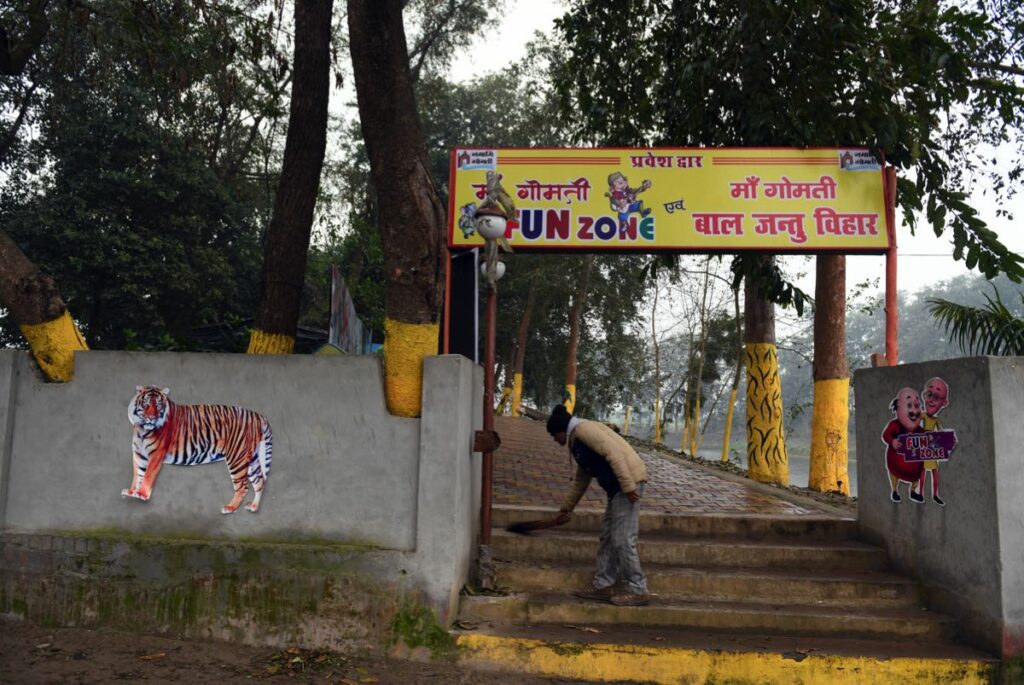
Pilibhit Tiger Reserve is within a few kilometres of densely populated areas, and the boundaries between the reserve and local villages are blurred. Despite the challenges of coexistence, there are some benefits. “The increase in the tigers‘ population has helped us promote tourism and has provided employment for locals,” says Gurbaj Singh. “People come and visit just to glimpse a tiger.“ The Bagh Mitra play a vital role in maintaining this delicate relationship.
ALL IMAGES: © JITENDER GUPTA / WWF-INTERNATIONAL
Adopt a tiger
You can play your part in helping people and wild tigers to coexist by adopting a tiger.
More to explore
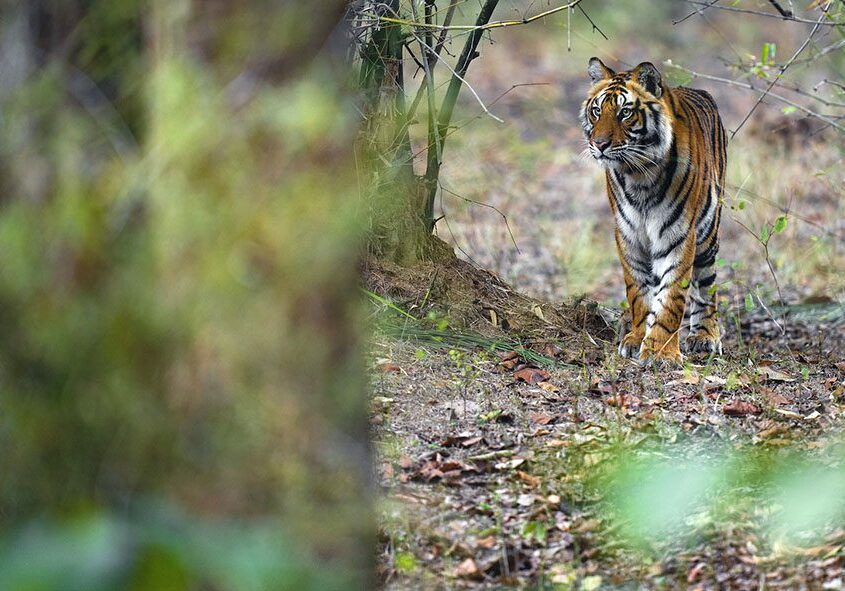
Are tigers coming back from the brink?
For decades, we’ve worked tirelessly to secure a future for wild tigers. Now, as we approach a key milestone in tiger conservation, we need your help again
